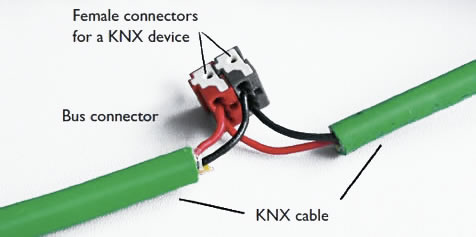 By Mark Warburton, Ivory Egg.
By Mark Warburton, Ivory Egg.
Once again ISE has exceeded expectations with a huge jump in visitor numbers and exhibitors. One of the big themes across the show and also at the Smart Building Conference on the Monday, was voice control. Whilst the rapid roll-out and marketing hype around voice control does lead one to think of it as a passing fad, there are some very interesting aspects to be considered.

Voice control, once it works seemlessly, will be a revolution. It will be the first time people have communicated with computers and machines using our own natural interface instead of a machine interface such as a keyboard, mouse or screen. Granted, there have been various product offerings over the years, including Google Glass, but this is the first time that consumers are truly engaging with voice technology. If, as Amazon hopes, this is the next major disruption in computing, then the coming few years will be exciting indeed. In fact, I really hope this is just the start and that soon we will be truly in control, with devices and buildings responding to our needs, not just waiting for input.
Engaging the consumer
This level of consumer engagement is the other big takeaway from the show. The voice revolution has introduced consumers to a new way of control, and this inevitably starts them thinking about what they can control. Asking Alexa to turn on the lights only works if you have a connected light or lighting control system. The very fact that consumers are thinking about how they control their home is a massive step forward for the smart home industry and is a direct outcome from the involvement of Apple, Amazon and Google.

The flip side of this is that, at some point, consumers will move on to the next fad – particularly if they have a bad experience or are unable to achieve the desired level of functionality. Add to this the distracting and confusing range of products, solutions and standards, and it is easy to see how quickly a consumer will switch off. When that happens, we will have to wait for them to forgot the bad experience before we get another chance. The multiple attempts at 3D is a prime example of what happens when a technology is not ready.
An opportunity for KNX
The good news for the KNX industry is we are in a very strong position to capitalise on this demand. We already have a standard, we already have thousands of products, and we can do it with a system that has a proven track record. When you consider that the wiring in a home needs to last for the lifetime of a building and not just for a short consumer fad, it quickly becomes apparent that KNX is the only solution that has the pedigree to deliver the smart infrastructure needed to realise the full potential of voice integration.

Using KNX also means that you can offer a high level of control over multiple subsystems. Not only does this make the whole home more reliable by only requiring a single level of interface, it also guarantees that any third-party system can access all of the subsystems in the home instead of just one or two. This goes a long way to solving the fundamental issue of IoT, which is numerous products speaking numerous languages, as KNX already has a defined language for communicating with almost any aspect of building automation.
A marketing challenge
The challenge for the KNX industry is how to engage with consumers and homeowners when the very nature of KNX means that there isn’t a substantial and unified marketing approach. With so many diverse manufacturers, all with their own agendas, plus the KNX Association which is inevitably one step removed from the relationship with end users, we have a long uphill battle to communicate the obvious benefits of using KNX with voice control – especially when this message has to be global and relevant to an incredibly diverse range of projects, from the largest building to the smallest home.
Conclusion
Voice control can be a substantial driver for KNX, but it will need a big push from the KNX Association, commitment from the larger KNX manufacturers, and a push from the integrator community to get it in front of consumers and adopted.
Put simply, we all need to come together as community, stand up and make our voices heard.
Mark Warburton is the Technical Director of Ivory Egg (UK) Ltd, a supplier of leading KNX products and provider of KNX training courses.











